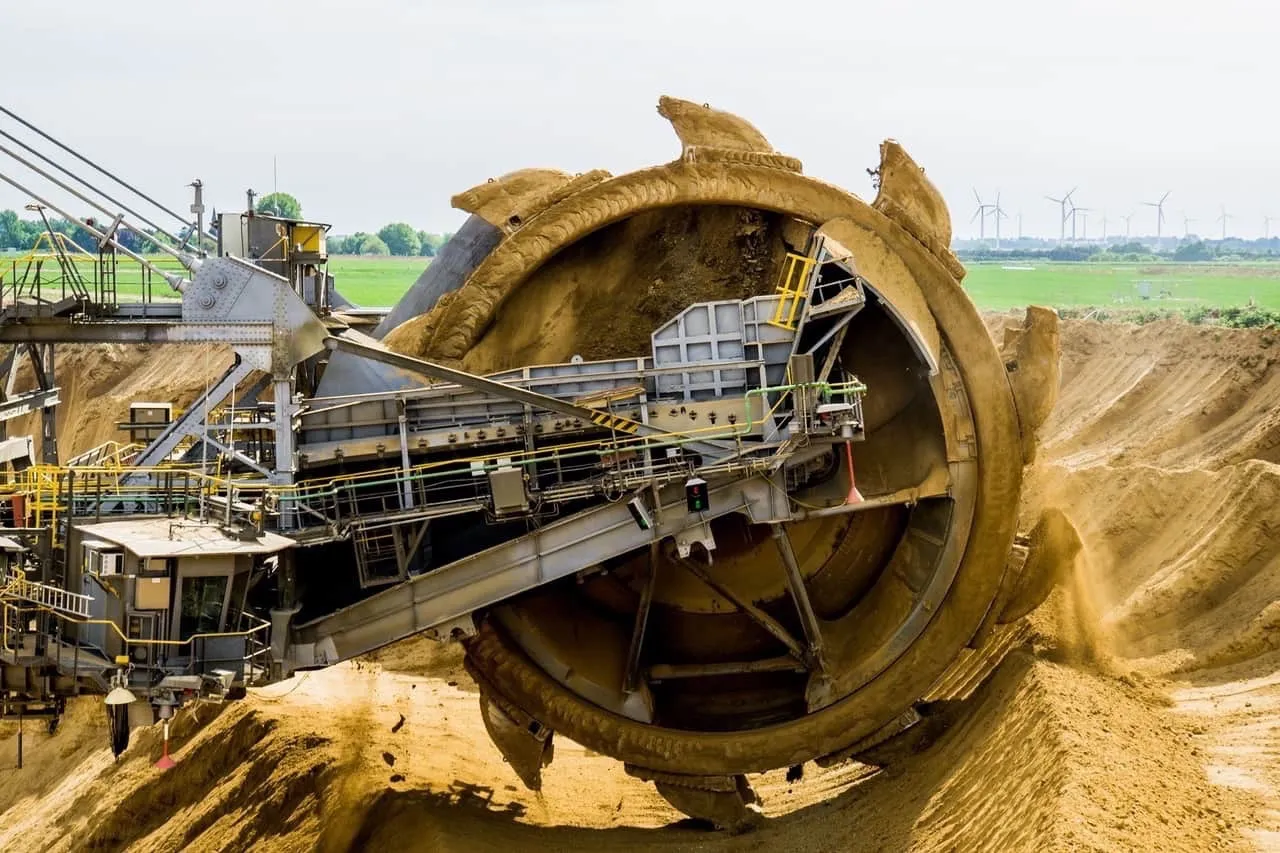This post is a part of the three part series called Enterprise Storage Problems. In this series, we will dive deep into the problems that IT Managers & Admins face everyday and talk about solving them.
IT Managers are face a lot of problems everyday in their organization. They are the ones who power the backbone of any company that is set to change the world. But, one of the major problems they face comes in when they are forced to handle their storage landscape at a very minimal cost. In this post, we will quickly be talking about that issue, and how a IT Manager in your organization can overcome this. If you’re a IT Manager yourself, we just wanted to say, ‘We’re here for you’ .
Problem: Increased Management Complexity & Decreasing Budgets
Doing more with less has literally become the mantra of enterprise companies. While its understandable why they do that, its also kind of hard to achieve maximum result with the limited availablilty of funds for the IT Administrators (like you) to run their own cluster of computers in the organization. The major challenge here is to use the existing systems as efficiently and fail-safe as possible to make sure you are able to support the core applications of your organization.
The IT Admins are now in a situation where they are pushed to invest in simplified storage management infrastructure, without disrupting the existing operations of the company. This makes it very difficult for medium and large organization who handle large data of their users and store them for over a period of time.
Here are some complexities we identified after talking to a lot of IT Admins managing the infrastructure with limited budget:
- Re-use existing IT Infrastructure
- Virtualize the Operating Systems to minimize hardware investments
- Application Downtime or maintenance costs and infrastructure for key production systems
- Increasing concern over data center cold storage devices, where data is not compressed and lying around for a long period of time
Solution
We listed the problems that IT Admins face everyday in a simple list. But each and every problem has its own level of complexity. So let’s try to solve the first major problem that you might be facing. And that’s to “Re-use the existing IT Infrastructure”.
Your storage systems could be the killer factor here. They consume a lot of recurring maintenance costs, and the everyday use of all the data that are stored over a period of time comes under question here. But, there’s a way to solve this with SHRINK.
Why SHRINK will help you re-use your existing infrastructure?
Over the past few years, we have invested majority of our time in creating a very powerful tool named “The Migration Tool”. The tool does something that many IT Admins have dreamt of for years.
Here’s what it does to your existing storage infrastructure:
- Generate a report of your existing storage landscape for you to analyze
- Compress your existing data (File-by-File) from the origin location, and place the data in the same place, without any loss in the quality of the content
- Runs three types of checks to make sure your data and its hashes are the same, before and after compression
- Generate a report to show you what the system has done and also list down the problems it faced (With detailed help) during migration so that you can fix those issues.
Above all, SHRINK is universal. Meaning our customers can integrate SHRINK with any of their existing storage infrastructure, and also handle any file type they have ever seen in their system. The ability of SHRINK to talk to popular storage systems from big companies like NetApp®, EMC® or Pure Storage® has clearly defined SHRINK as one-of the kind system in the data storage industry.
Above all, SHRINK is universal. There’s nothing termed “Incompatible with SHRINK”.
Now that you know what SHRINK’s Migration Tool can do to your existing infrastructure, you might also realize the possibilities you now have in cutting down your enterprises’ cost. Sometimes, companies can cut down costs up to 50% from their new storage hardware acquisition cost. Without a doubt, this is a clear winner.
SHRINK for Snapshot and Archived Data
As I said earlier, SHRINK is universal. It runs hundreds of calculations and algorithms when a single file enters the system asking to be compressed. This has allowed us to achieve unprecedented compression levels over the past few years. The entire list of file types is available on request. Request now.
That’s it for this edition. Next up, let’s talk about the file types that eat up your storage space in your organization, and how to solve that issue.
Subscribe to our newsletter
Get the latest updates from our team delivered directly to your inbox.
Related Posts
AI's ROI grows with time. You just don't realize that yet. Let's call it ROA.
Artificial Intelligence is at the center of today's innovation. Thanks to the disruptive capabilities powered by scalable machines. Here is a quick guide to calculate the return on investment on Artificial Intelligence and the impact it can have on your business. Specifically for the Middle East markets.
10 security measures you need to implement in your app NOW
Hacking in any amount isn't too much of a good thing. That's why it's important to protect your data as and when you can. Here are the top 10 ways in which you can beef up the security of your app.
Five use cases of Artificial Intelligence for the next decade
The market value of Artificial Intelligence is expected to reach $39 billion by the year 2025. Here are some of the use cases and industries that will be a part of this huge revolutoin. And how Skcript is taking the lead here!

